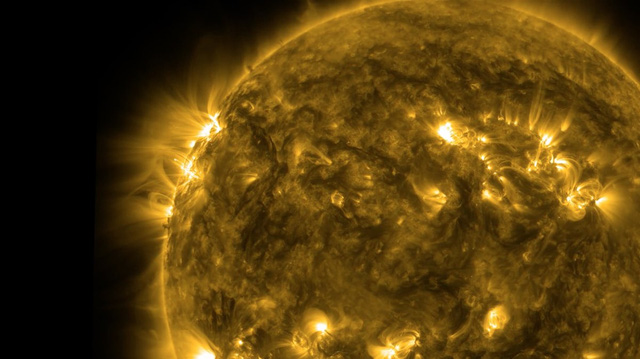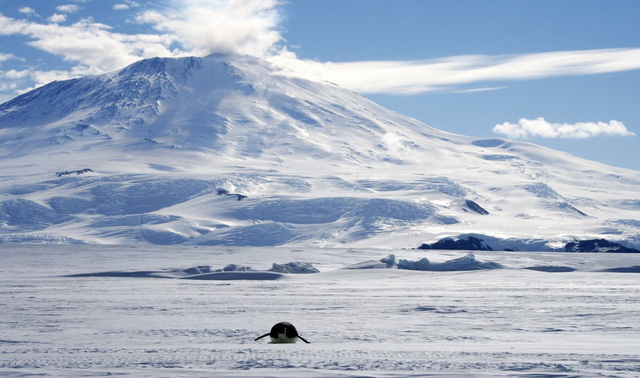3 mistakes about science that everyone has made you surprised
Your parents, friends, siblings, and other relatives, most certainly still have many misconceptions about science, space or physics.
Not surprisingly, when most of the scientific information we receive comes from a variety of non-mainstream sources, through word of mouth, entertainment programs instead of official research materials. There are many things that sound reasonable, but the reality is not what you think.
Here are some silly anti-scientific beliefs that many of us still share word of mouth with each other.
1. The sun is yellow
Squint your eyes, and look at the sun, you'll see it yellow. But the sun is actually white .
The Earth's atmosphere makes the light of the Sun turn yellow, and so is the light from other stars. The atmosphere bends light, creating Rayleigh scattering effects, which also causes the sky to be blue, and bright sunlight in the afternoon.

Therefore, if you are in outer space, like astronauts, you will see the big Sun star white, not the sun like the ground. Which movie is set in the universe and the sun is still yellow is wrong.
2. The Sahara is the largest desert in the world
In fact, not every desert is hot and sandy, although the word " sa " in the desert means sand. They just need to be dry and harsh to be considered desert. (This is the definition of scientists about the word Desert in English).

Antarctica is suitable for that, it only receives more than 30ml of rain water each year and not many animals can live here. The Antarctic is nearly 14 million square kilometers, compared with the Sahara 's 8.3 million square kilometers, so the largest vast desert in the world must be Antarctica, an extremely cold place.
3. Mobile call made thanks to outer space satellite
Yes, but only in case you use " satellite phones ", the kind that the military uses at distant battlefields. Mobile phones and mobile waves are different.
Mobile phones using radio waves and terminals are responsible for finding and forwarding data to the nearest mobile tower. When you make a packet, the signal will pass through the nearest tower, to many other signal towers, in a very large signal network, eventually to the listener.
In fact, satellites still play a signaling role in a few calls, accounting for only about 1%. The remaining 99% of calls go through undersea cables and underground.
- The odd misconceptions in science
- These 4 mistakes are small but have caused NASA to suffer a disaster, causing billions of losses
- 10 mistakes everyone makes when cooking meat
- The most costly mistakes ever happened in history, there are cases of tens of billions of dollars
- Why do we repeat mistakes?
- 9 dangerous mistakes when first aid many people
- 5 common mistakes when using antibiotics
- 7 mistakes when going to bed makes you stay awake all night
- Common mistakes when pushing against
- Disaster experiment at Indian zoo
- Earth swells like a ball - Deception in science (Term 2)
- Mistakes are harmful to health when people often cook rice
 'Fine laughs' - Scary and painful torture in ancient times
'Fine laughs' - Scary and painful torture in ancient times The sequence of numbers 142857 of the Egyptian pyramids is known as the strangest number in the world - Why?
The sequence of numbers 142857 of the Egyptian pyramids is known as the strangest number in the world - Why? History of the iron
History of the iron What is alum?
What is alum?